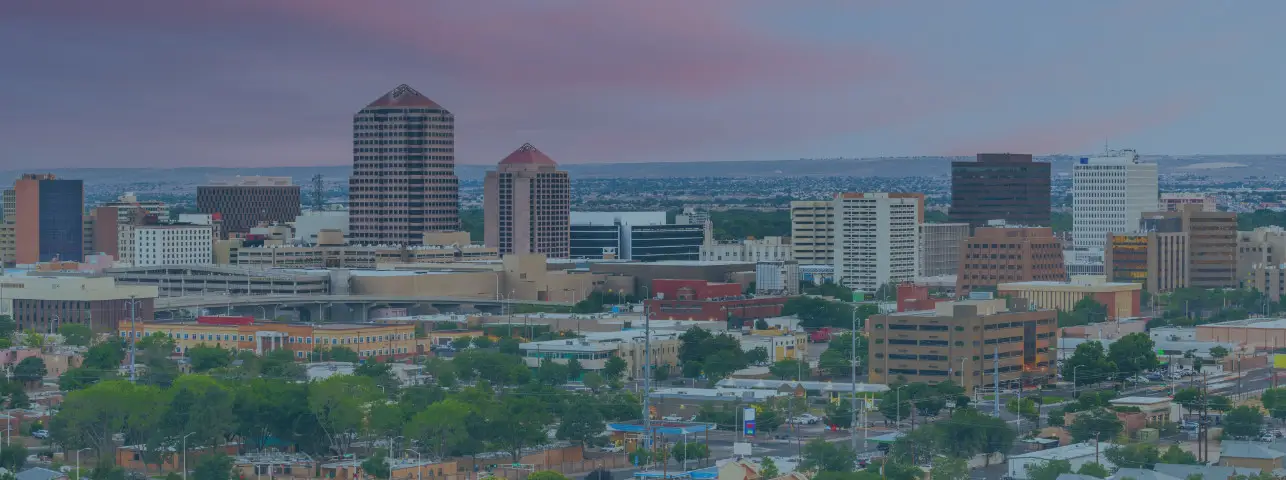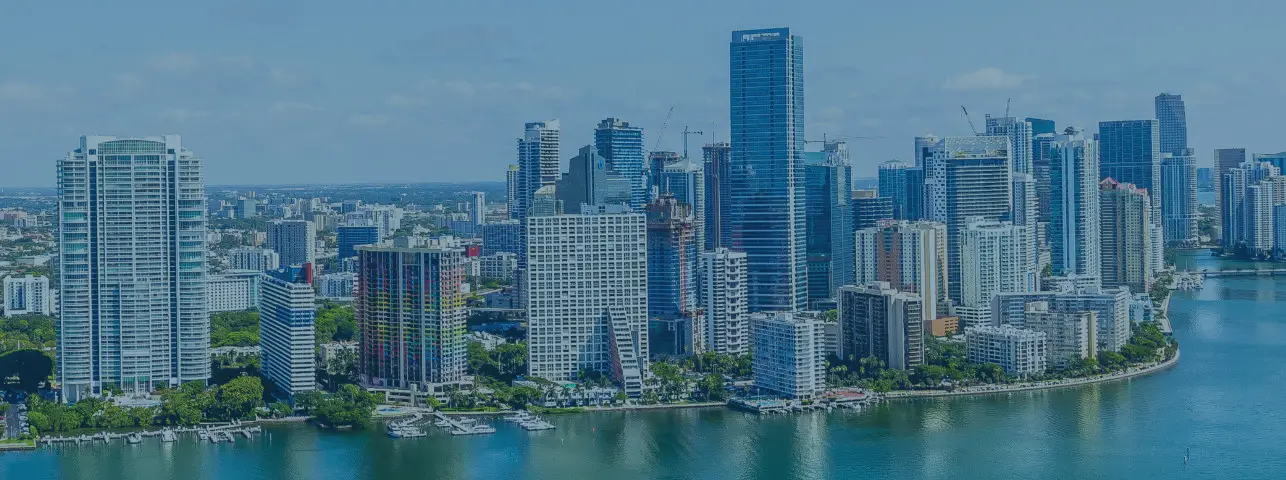Natural gas is a petrochemical product manufactured from crude oil. This hydrocarbon mixture is made up of methane, carbon dioxide and other toxic materials. Natural gas is a vital component of the United States’ energy supply. This is the substance that is used to provide heat and electricity in homes and buildings. Natural gas is commonly used in homes, but it is a toxic material. How is it used so frequently without endangering people? The natural gas is secured inside of pipes. There are different types of pipes that are recommended for safe containment of gas in homes. For example, when gas pipes are needed indoors, copper pipes may be used. When gas needs to be transported from the main supply to the home, PVC (polyvinyl chloride) pipes may be used.
Natural gas is actually virtually odorless on its own, but is laced with a sulfur smell so that residents can tell when there is a leak. Natural gas has the potential to kill someone if it is inhaled, even though it is one of the safest and cleanest fossil fuels. Natural gas supplies power to gas stoves, water heaters and a variety of other home appliances. How can a homeowner ensure that their gas pipes are in good working condition? Unfortunately, some residents do not realize there is a gas leak until it is too late. Inhaling excess amounts of natural gas can result in near complete lack of oxygen and asphyxiation.

























